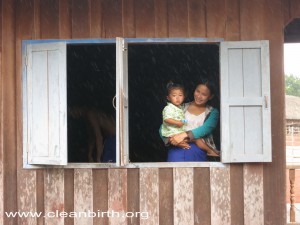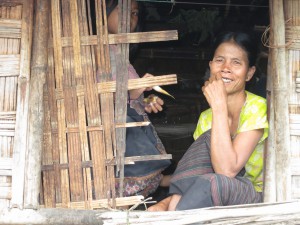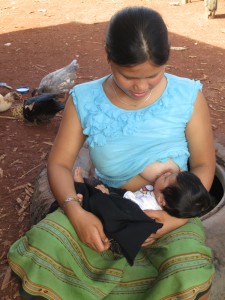
The article talks about how the issue of maternal health, once the “neglected tragedy of international health” is getting more attention of late. The article finds that organization Women Deliver, in particular, has generated “interest and political will” for change. The author postulates that the involvement of famous people and, “more so… by engaging in novel modes and conventions of representing the problem…” She says:
Two particular aspects of the conference illustrate this point. First, the mandate of the conference was more expansive this year, addressing not only maternal mortality but also the “sexual and reproductive health and rights” of girls and women. Second, the role of video, film and photographic images has been significantly scaled up to meet the requirements of a new era of high profile humanitarianism.

“western cultural logic and biomedicine must be delivered and made to triumph over aspects of traditional society and culture that appeared as “barriers” to progress: women must shift their trust from traditional birth attendants to trained nurse-midwives in facilities; traditional patriarchal thinking must give way to gender equality so that scarce family resources can be redirected to prenatal care and delivery at local clinics.”

According to the author the Women Deliver conference was different this year from previous sessions: lowering maternal mortality was put into the larger context.
“The two most repeated phrases during the conference were “girls’ education and empowerment ” and “sexual and reproductive health and rights…
The author goes onto analyze the use of media and images at the conference and in advocating for maternal health in general.
The wager that maternal health advocates are making today is that our shared sense of humanity and impulse to act is fomented not solely through images of suffering, but through an affective economy of hope andaspiration. Certain kinds of photos now dominate — photos that depict social injustice overcome or medical disaster averted: the teenage girl in the photo is still in school; a nurse talks to a pregnant woman in a health facility while her husband looks on supportively; a smiling new mother holds her healthy baby. Images of maternal suffering tend to be structured by this new narrative as well: an exhausted woman on a blood stained hospital bed with her newborn swaddled neatly beside her shares the frame with the basic biomedical equipment and packages of brand name drugs that we are to assume just saved her life.

Leave a Reply